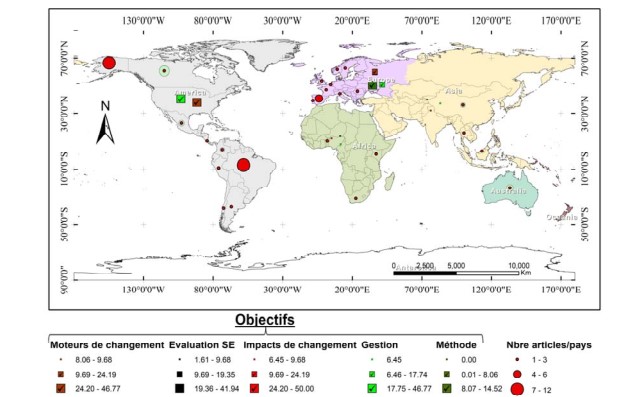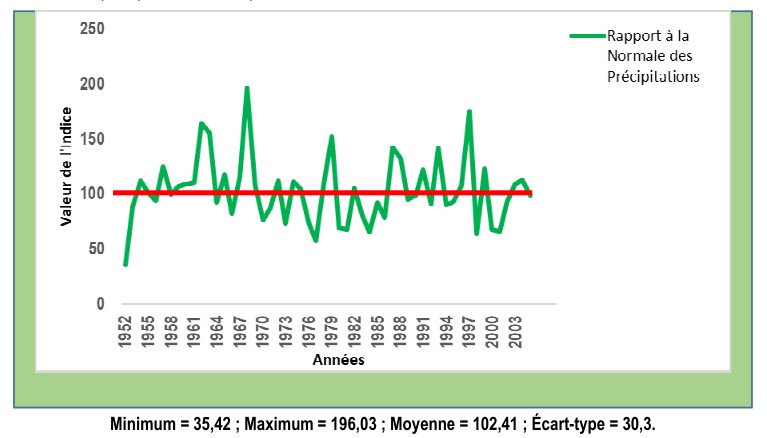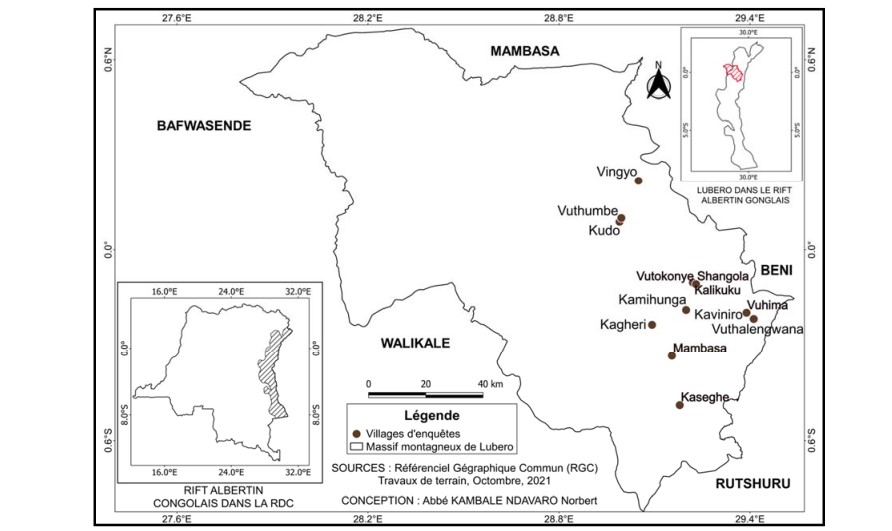Impact of land use change on ecosystem services in riparian corridors
A systematic review

Downloads
Riparian corridors are transition zones between terrestrial and aquatic ecosystems that provide important ecosystem services (ES). They also play a crucial role in maintaining biodiversity and as corridors for the dispersal of individuals and genes across the landscape. While ESs are increasingly being taken into account in the development of management strategies, the ESs provided by riparian corridors appear to be particularly vulnerable to the pressures exerted by changes in land use. Despite the growing interest in scientific studies on riparian corridors, this ecosystem remains one of the least studied in terms of land use changes and impacts on ESs. The systematic review analysed existing knowledge and research gaps on the impacts of land-use change on ESs in riparian corridors. The Scopus and Web of Knowledge Special Edition - Current Contents research databases were used and the RepOrting Standards for Syntheses of Systematic Evidence (ROSES) were followed. Based on 62 publications meeting the inclusion criteria, results revealed that regulating ESs was the most studied in riparian corridors, followed by provisioning and supporting ESs. In addition, ecological approaches to the assessment of ESs were the most widely adopted in the publications, which mainly pointed to agriculture, urbanization and grazing as drivers of land-use change in these ecosystems. Even though these drivers of change were more likely to result in the loss of biodiversity, water pollution and bank erosion. Finally, several limitations, generally related to data availability, generalization and methodology, were mentioned, along with research challenges. These studies suggest the importance of regulating and supporting ESs (especially riparian habitat quality) and underline the need to promote management practices that reconcile production and conservation needs. This involves management measures and policies that prioritize economic incentives and education programmes to improve compliance with environmental legislation.










